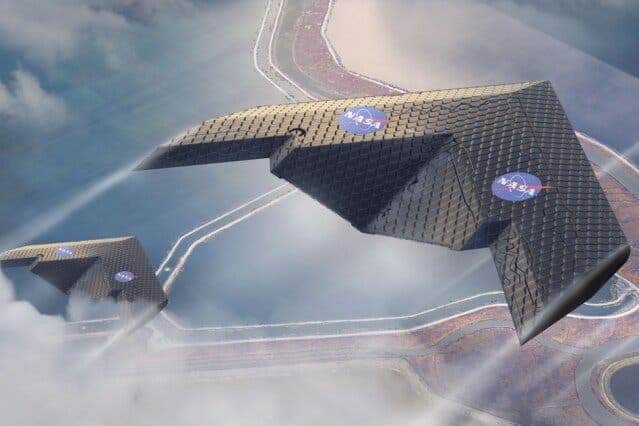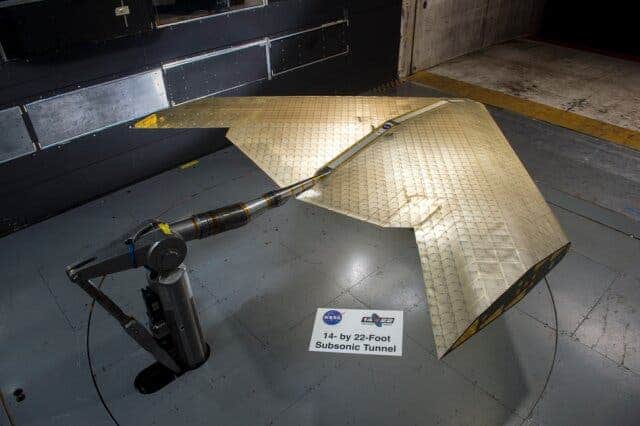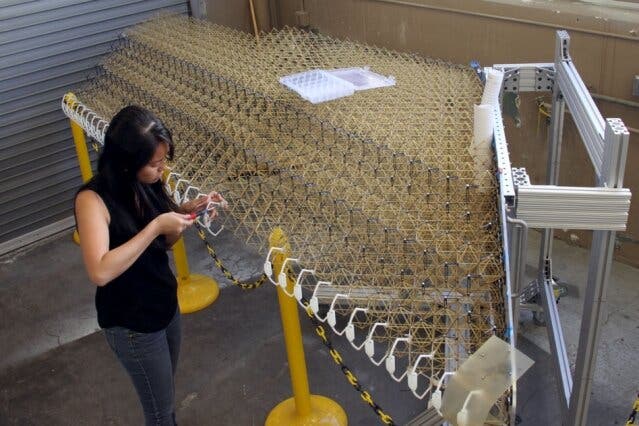A team of engineers has assembled and tested an innovative new type of wing. The structure, assembled from hundreds of tiny identical pieces, can change shape during flight to help pilots better control planes. The new futuristic wing is lighter, more efficient, and more maneuverable than currently existing wings.

It’s remarkable that our technology has developed so much that we take flying for granted. A dream for countless human generations across history, flying has become routine in our modern world. Nonetheless, modern aircraft are tremendously complex machines. Now, NASA wants to make them even more impressive, by taking wing design to the next level.
Flying involves several stages: takeoff, cruising, maneuvring, landing, and so on — each of which has its own optimal wing parameters. In order to be able to perform all these stages effectively, conventional wings compromise and sacrifice efficiency.
Furthermore, conventional wings require movable fin-like surfaces (called ailerons), which allow pilots to control the plane — if you’ve ever traveled on the window seat right above the wings, you’ve probably seen them. These ailerons reduce wing efficiency even more.
Engineers now believe they can address both issues by having a wing that shifts and deforms in its entirety based on temporary requirements.

The new wing features a radically different design, consisting of hundreds of tiny identical pieces. These pieces are huddled inside the wing, in an open, lightweight lattice framework, and this whole structure is covered with a thin layer of polymer material. It’s far lighter than conventional wings, which means that it uses less energy.
But the key aspect is that this flexible design allows it to morph into different shapes based on whatever the plane is doing (taking off, landing, etc). It’s a self-adjusting, wing-reconfiguration system.
While the prototype was hand-built by a team of graduate students (how would anything in science get done without graduate students?), the whole thing can be built using 3D printing and robotic assembly, meaning it is very scalable. This process is currently being documented in an upcoming paper.

As a comparison, the new wing lattice has a density of 5.6 kilograms per cubic meter. By comparison, rubber, which has a similar stiffness, has a density of 1,500 kilograms per cubic meter.
The wing was tested at NASA’s high-speed wind tunnel at Langley Research Center, where it performed even a bit better than predicted.
In addition to planes, this technology could also be used in wind turbine blades spacecraft, and even bridges. It’s without a doubt one of the most promising technologies of the year.
Was this helpful?



